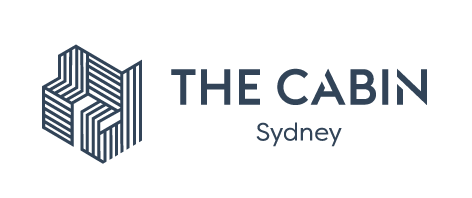Australia is making efforts to increase the availability of Naloxone, an antidote that decreases the risk of opioid overdose. What does this mean for people struggling with heroin and prescription opioid addiction?

Sharelines
In an attempt to curb fatalities from opioid overdose, Naloxone, an opioid antidote, was made available without a prescription throughout Australia in early 2016. Those suffering from addiction to heroin or other opioids such as prescription painkillers (and their loved ones) can now easily purchase Naloxone over the counter.
Since the rescheduling of Naloxone, however, a much smaller percentage of the at-risk population has taken advantage of this than predicted. Many experts believe that the cost of Naloxone is a barrier to access, particularly since many of those addicted to opioids are financially disadvantaged.
The Victorian government has recently started an initiative to reduce opioid fatalities by eliminating the financial obstacles to procuring the anti-opioid drug. This legislative change, which includes subsidisation of Naloxone, has made obtaining the drug and replacing expired batches free to drug users, friends and loved ones.
At this time, no such subsidisation is available in NSW for Naloxone obtained over the counter. However, the drug is partially subsidised when obtained with a prescription. Let’s take a look at how Nalaxone works, and what this means for those struggling with opioid addiction.
What is Naloxone?
Naloxone is an opioid antagonist, meaning that it blocks opioid drugs from exerting their effects on the body. If administered in an effective and timely fashion, Naloxone can reverse an opioid overdose and save the life of someone you love. Naloxone has been safely used as an opioid antidote by hospitals and ambulances for decades.
Naloxone works by blocking the effects of opioid drugs, including:
Naloxone is only effective against opioid overdose, and has no effect in cases of overdose on other drugs such as stimulants or benzodiazepines.
Why Access to Naloxone Matters When Your Loved One is Addicted
If a friend, family member or someone else you care about is an opioid user, then you are one of the most likely to be called upon to help in an overdose situation. In this case, knowledge of the signs of overdose and access to Naloxone could very well mean the difference between life and death. This is particularly true if the one you love has already survived an overdose in the past, as this population is at a significantly higher risk of suffering a fatal overdose.
How You Can Spot an Opioid Overdose in Time to Help
Signs of an opioid overdose include:
- Failure to respond to outside stimuli such as pain or being shaken
- Extreme constriction of the pupils so that they look like pinpoints
- Loss of consciousness
- Inability to talk despite being awake
- Slow, shallow or erratic breathing, snore-like gurgling or no breathing
- Bluish or purple skin (or greyish for darker complexions)
- Blue or purplish-black fingernails
- Vomiting
- Limp body
- Very slow, erratic or absent pulse
- Cold, clammy skin
If someone you love is exhibiting the above signs, they may be experiencing an opioid overdose. Naloxone administered at this time counteracts opioid-induced respiratory depression, ensuring that their brain continues to get the oxygen it needs to survive.
The effects of Naloxone last 30 to 90 minutes. If emergency medical care doesn’t arrive before the effects wear off, a second dose may be administered.
How to Truly Help Someone Addicted to Opioids
With opioid drugs, the addiction potential is high and tolerance sets in incredibly quickly. Taking pain medications for an injury can easily turn to taking a few pain pills to relax – and before long, users find they need more and more of the drug to feel the effects, and eventually just to fend off withdrawal symptoms. At this stage, many resort to injecting opioids directly into the blood stream finding it to be the easiest and most cost-effective method to achieve the desired result. If someone you love has reached the stage where they are injecting opioids, this is a huge red flag that their addiction has escalated to a level where they are putting themselves in a great deal of danger.
Opioid users are at a higher risk of unintentional overdose than users of any other type of drug. Even if Naloxone is available and you know how and when to use it, it’s only effective if you’re present at the time of an overdose and recognise that your loved one is in trouble.
While Naloxone is an important tool for harm reduction, the best line of defence against opioid-related risks is addiction treatment from trained addiction professionals. If someone close to you has developed a problem with opioid drugs, the most caring thing you can do is help to get them the professional addiction treatment they need to get clean. If your loved one is administering opioids intravenously, they are already at high risk of overdose – the time to step in is now.
Is Your Loved One Addicted to Heroin or Painkillers? The Cabin Sydney Can Help.
If you’re tired of watching helplessly as someone you care about battles opioid addiction, it’s time to get help. The addiction experts at The Cabin Sydney understand the struggles your loved one is facing and can guide them on their path to recovery. Our multifaceted addiction treatment programme will not only help to pull your loved one out from the depths of addiction, but will provide them with the tools they need to maintain their recovery long-term. It’s not too late to help the one you love. Contact us today.




